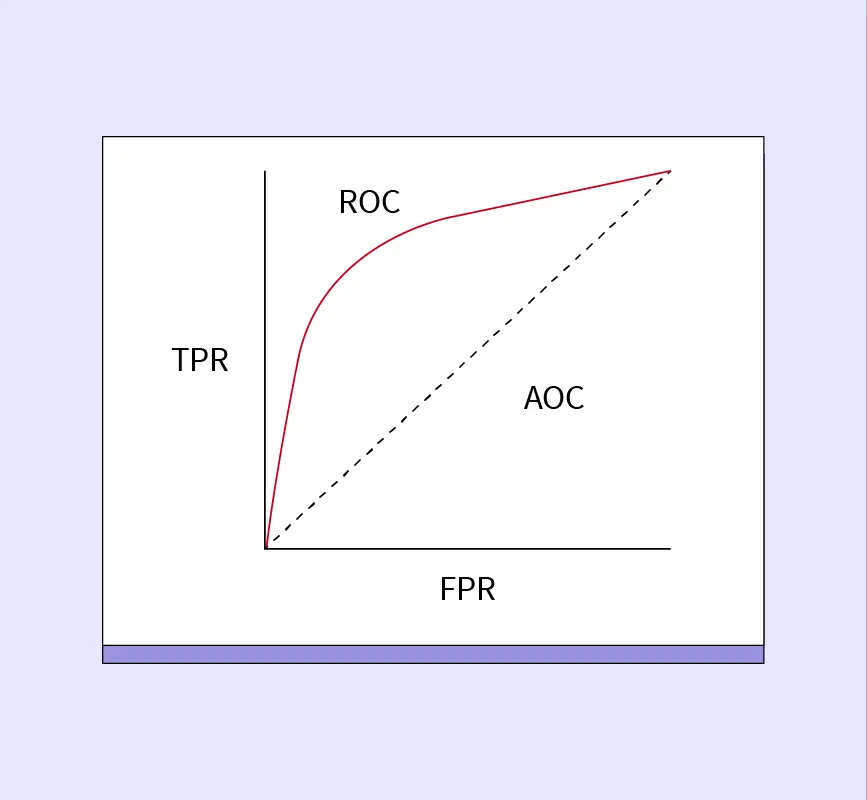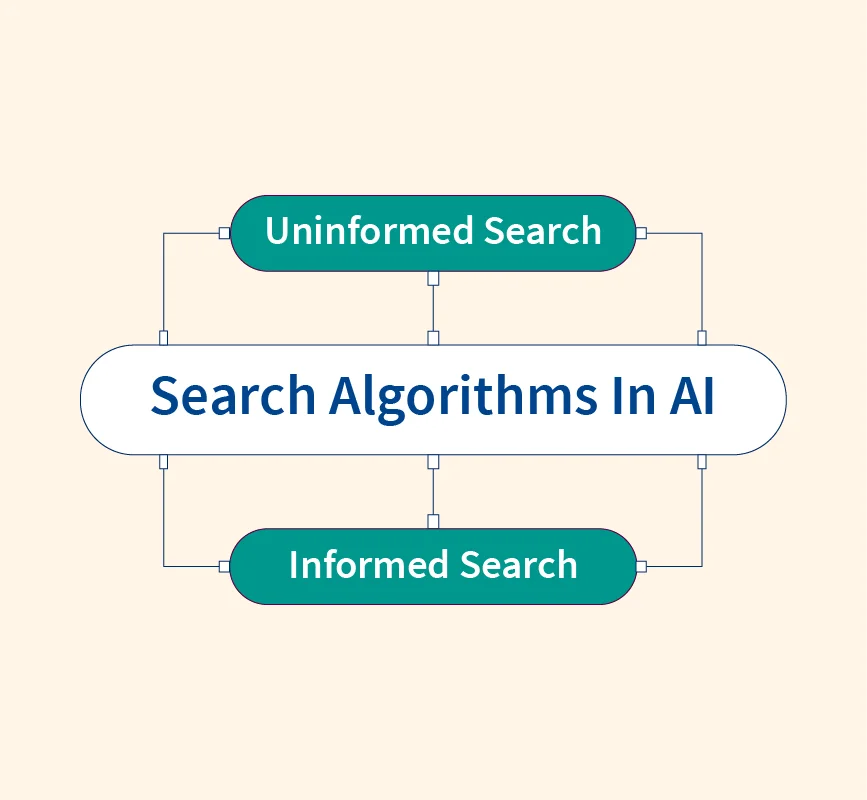In machine learning, the performance of a model depends on its ability to learn patterns from the data and make accurate predictions. A good model should generalize well, meaning it performs effectively not only on the training data but also on unseen, real-world data. Achieving the right balance in fitting the data is crucial—if the model is too simple, it may underfit, and if it is too complex, it may overfit. Overfitting occurs when the model learns not only meaningful patterns but also noise or irrelevant details from the training data, resulting in poor performance on new data.
What is Overfitting?
Overfitting occurs in machine learning when a model learns not only the underlying patterns in the training data but also irrelevant noise and details. As a result, the model performs well on the training data but struggles to generalize to unseen or new data. Overfitting indicates that the model has become too complex, fitting even the random variations in the data, which do not reflect real patterns.
The negative impact of overfitting is poor performance on test data or real-world scenarios. A model that overfits may provide overly optimistic predictions during training but fails when exposed to new conditions, resulting in incorrect outcomes.
Real-World Examples
- Stock Market Prediction: A model predicts stock prices perfectly based on past data but fails to perform under changing market conditions.
- Recommendation Systems: Personalized recommendations work well for frequent customers but provide irrelevant suggestions for new users.
- Medical Diagnosis: An overfitted diagnostic model identifies patterns specific to the training dataset but cannot generalize to a wider population.
Why Does Overfitting Occur?
Overfitting is a common problem in machine learning caused by several factors that lead the model to memorize patterns, including noise, from the training data.
Key Factors Contributing to Overfitting
- Small Dataset Sizes: When the dataset is too small, the model may struggle to capture general patterns, focusing instead on the limited examples it has seen. This increases the risk of learning noise rather than meaningful insights.
- High Model Complexity: Complex models with too many parameters (e.g., deep neural networks) are more prone to overfitting. They have the capacity to fit intricate patterns, including random variations that are not representative of the real-world data.
- Excessive Training Time: When a model is trained for too many epochs or iterations, it can start memorizing the exact details of the training data. This overexposure makes the model less effective at generalizing to new data, decreasing its real-world performance.
Overfitting vs. Underfitting
Underfitting occurs when a model is too simple to capture the underlying patterns in the data, leading to poor performance on both training and test data. It typically happens when the model lacks sufficient complexity or is trained for too few iterations, resulting in incomplete learning.
In contrast, overfitting arises when the model becomes too complex and learns not only the genuine patterns but also noise and outliers from the training data. While overfitted models perform well on training data, they fail to generalize to unseen data, reducing their real-world usefulness.
Imagine a plot with three curves:
- Underfitted Model: A straight line that doesn’t capture the data trend (too simplistic).
- Overfitted Model: A curve that follows every point, including noise, showing poor generalization.
- Properly Fitted Model: A smooth curve that captures the trend without fitting unnecessary details.
The goal is to achieve the right balance between underfitting and overfitting to ensure optimal model performance.
How to Detect Overfitting?
Overfitting can be identified by comparing the model’s performance on the training dataset versus the validation or test datasets. A clear sign of overfitting is when the model shows high accuracy on the training data but performs poorly on unseen data, indicating that it has memorized the training data rather than learning generalized patterns.
Common Detection Methods
- Cross-Validation: In k-fold cross-validation, the dataset is split into multiple subsets, and the model is trained and tested on different combinations. Consistent performance across folds indicates good generalization, while performance gaps suggest overfitting.
- Learning Curves: A learning curve shows the model’s accuracy or loss over time. If training accuracy continues to increase while validation accuracy plateaus or decreases, it indicates overfitting.
- Model Evaluation Metrics: Metrics like accuracy, precision, recall, and F1-score should be monitored across both training and test datasets. A large discrepancy between these scores is a warning sign of overfitting.
How to Prevent Overfitting?
Overfitting can be mitigated by implementing several strategies to ensure the model generalizes well to unseen data.
- Simplifying the Model: Using a simpler model with fewer parameters helps prevent overfitting. Reducing model complexity ensures it captures only the essential patterns in the data.
- Cross-Validation: Applying k-fold cross-validation divides the data into multiple subsets (folds). The model is trained on different combinations of these subsets to ensure it performs consistently, preventing it from memorizing any specific subset.
- Regularization: Techniques like L1 (Lasso) and L2 (Ridge) regularization add a penalty to the model’s loss function, discouraging it from assigning excessively high weights to certain parameters. This reduces overfitting by simplifying the model.
- Data Augmentation: Expanding the training dataset by applying transformations (like flipping, rotating, or scaling images) helps the model learn more generalized patterns. This technique is particularly useful in computer vision tasks.
- Early Stopping: Monitoring the model’s performance during training allows you to halt training when the validation error starts increasing, preventing the model from overfitting the training data.
These strategies, either individually or in combination, help improve the model’s ability to generalize and perform well on new data.
Conclusion
Overfitting poses a significant challenge in machine learning, as it reduces the model’s ability to generalize to unseen data. Implementing strategies like cross-validation, regularization, and early stopping ensures the model strikes the right balance between underfitting and overfitting. Achieving this balance is essential for building robust models that perform well in both training and real-world scenarios.
References:


